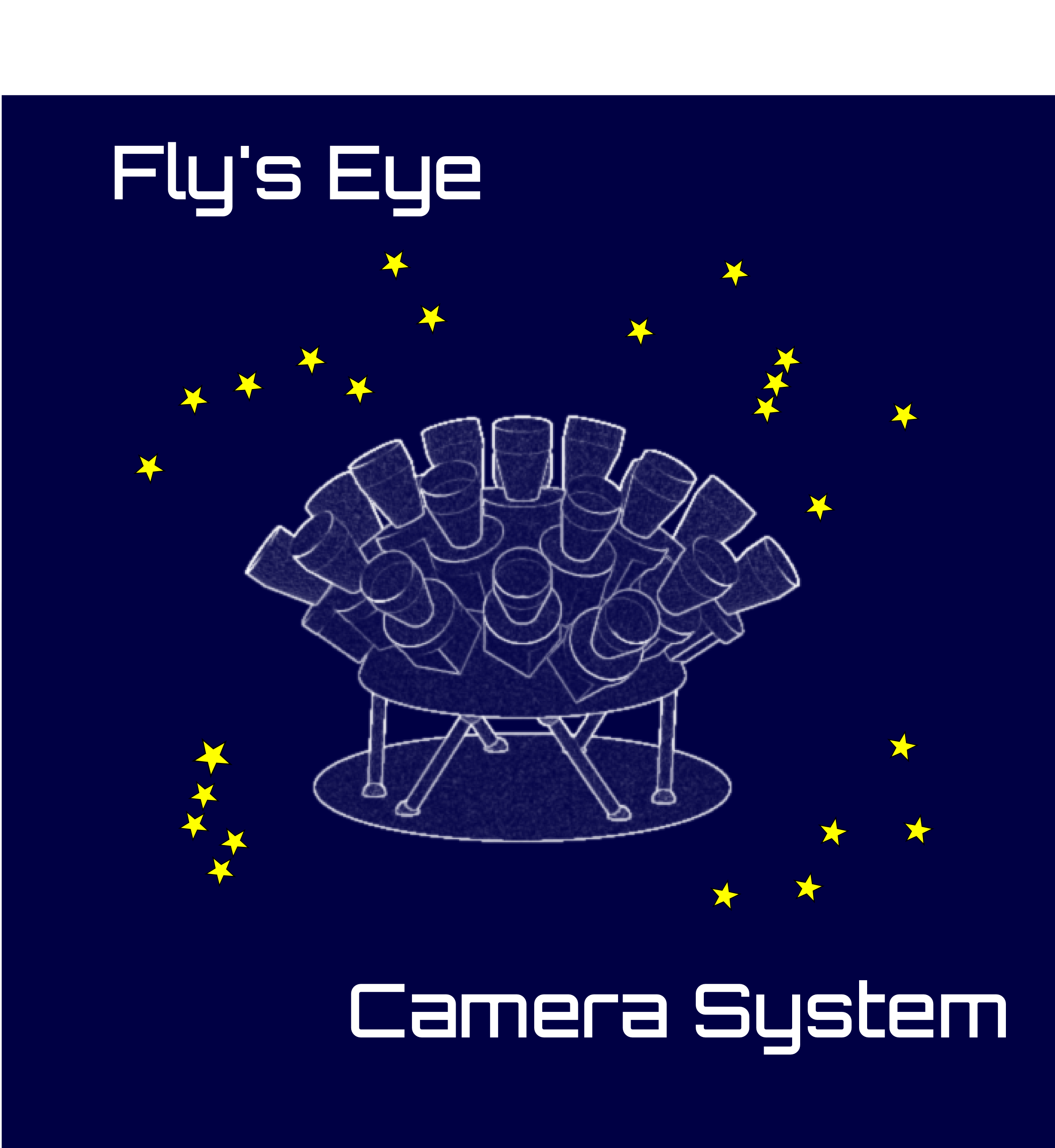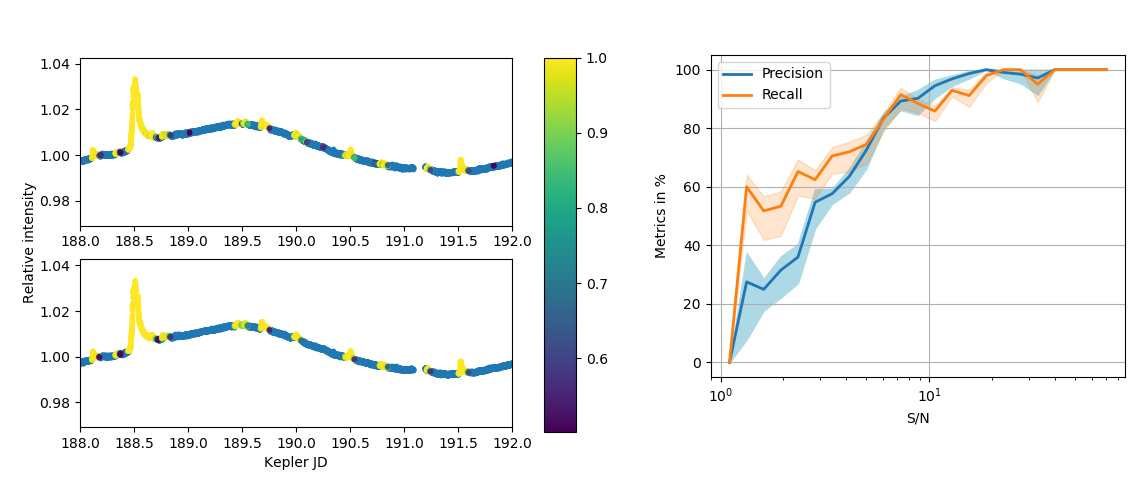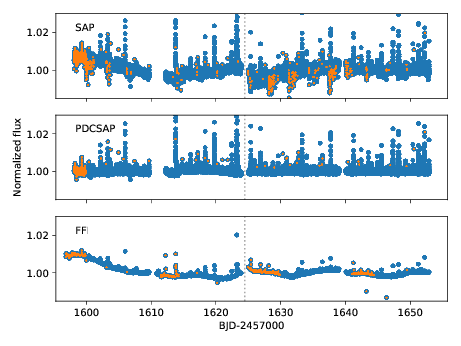 |
|||||||||||||||||||||||||||||||||
|
|
|||||||||||||||||||||||||||||||||
|
Coronal mass ejections (CMEs) are hard to find on other stars than our Sun: mostly they are detected serendipitously. An optimal detection strategy would be to observe a large number of targets for a long time, but that would need vast amount of telescope time. To get aroud the problem, we used archive data of a selection of late-type stars. This study is the first that gives us an insight to stellar CMEs based on a statistically meaningful sample. Unfortunately the VO tools to retrieve spectral time series are not so convenient, you might find our tool useful is facing similar problems, available at GitHub. Flares and coronal mass ejections (CMEs) can have deleterious effects on their surroundings: they can erode or completely destroy atmospheres of orbiting planets over time and also have high importance in stellar evolution. Most of the CME detections in the literature are single events found serendipitously sparse for statistical investigation. We aimed to gather a large amount of spectral data of M-dwarfs to drastically increase the number of known events to make statistical analysis possible in order to study the properties of potential stellar CMEs. Using archival spectral data we investigated asymmetric features of Balmer-lines, which could indicate the Doppler-signature of ejected material. Of more than 5500 spectra we find 478 that have line asymmetries - including nine larger events, in terms of velocity and mass - on 25 objects, with 1.2-19.6 events per day on objects with line asymmetries. Most events are connected with enhanced peaks of Balmer-lines, indicating that these are connected to flares similar to solar events. In most cases the detected speed does not reach surface escape velocity: the typical observed maximum velocities are on the order of 100-300 km s-1, while the typical masses of the ejecta were on the order of 1015-1018 g. Statistical analysis of the events suggests that these events are more frequent on cooler stars with stronger chromospheric activity. If the detected events correspond to CMEs, the detected maximum velocities are lower than those observed on the Sun, while event rates were somewhat lower than we could expect from the solar case. If the velocities are not distorted significantly due to a projection effect, these findings may support the idea that most of the coronal mass ejections could be suppressed by a strong magnetic field. Alternatively, it is possible that we can observe only an early low-coronal phase of the events before being accelerated at higher altitudes. Our findings could indicate that later-type, active dwarfs could be a safer environment for exoplanetary systems CME-wise than previously thought, and atmosphere loss due to radiation effects would play a stronger role in exoplanetary atmosphere evolution than CMEs. 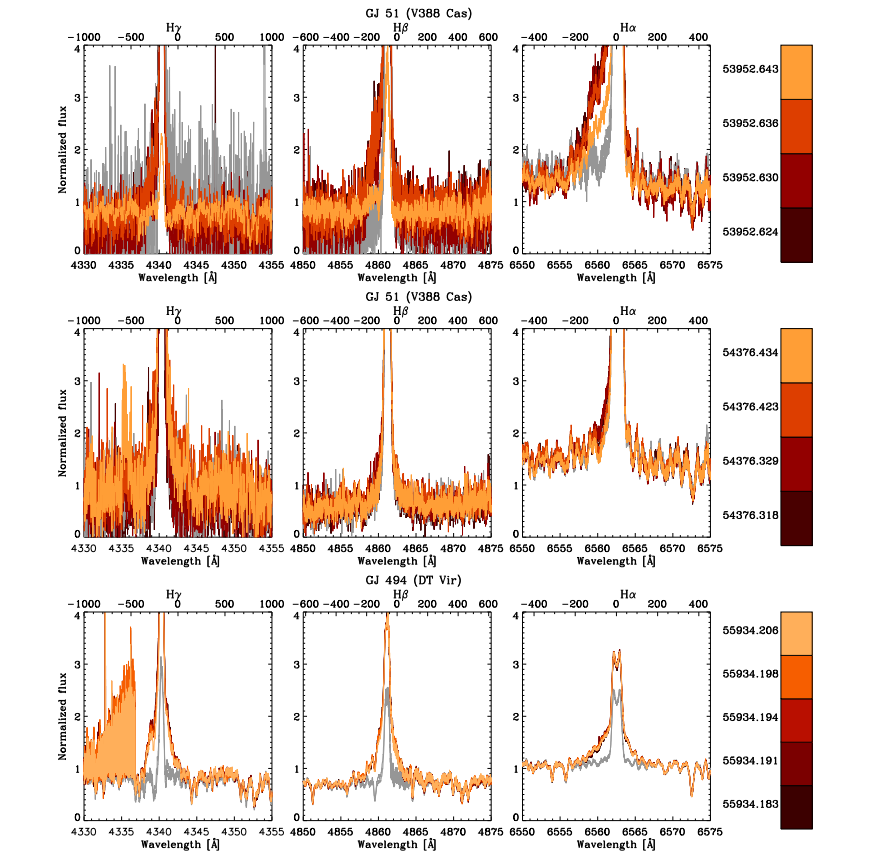
One puzzling question in solar physics is the difference between elemental abundances in the photosphere and the corona. Elements with low first ionization potential (FIP) can be overabundant in the corona compared to the photosphere under certain circumstances. The same phenomenon has been observed on a handful of stars, while a few of them show the inverse effect. But not all the stars in the original sample had precise photospheric abundances derived from optical spectra, so for some the solar values were adopted. In this work we make homogeneous abundance measurements from optical spectroscopy. We collected spectra of 16 stars showing the FIP effect with the 1-m RCC telescope of Konkoly Observatory, with resolution of λ / Δλ ~ 21 000. We determine the fundamental astrophysical parameters (Teff, log g, [M/H], ξmic, v sin i) and individual elemental abundances with the SME spectral synthesis code using MARCS2012 model atmosphere and spectral line parameters from the Vienna Atomic Line Database (VALD). 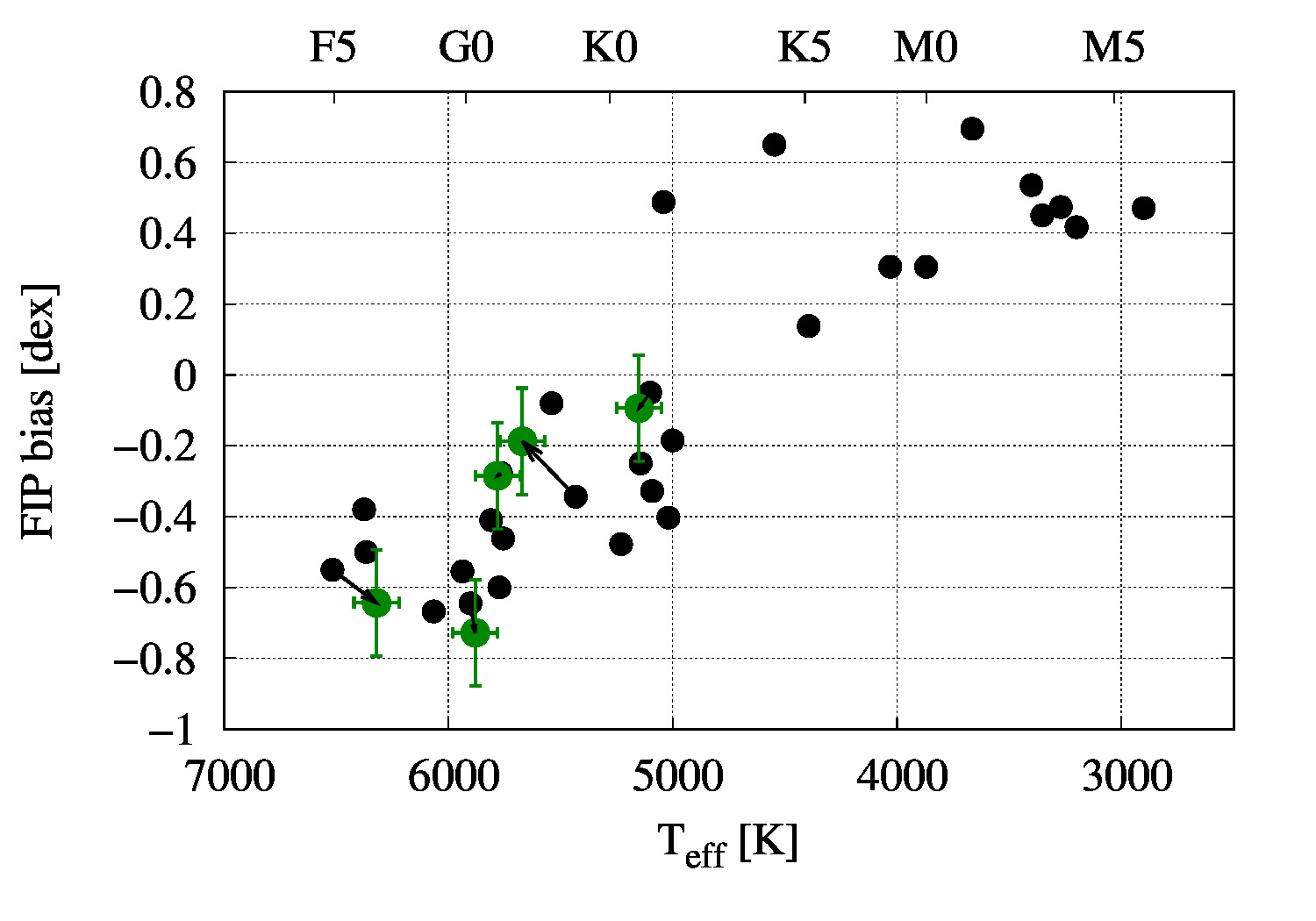
Young, fast-rotating single stars can show dramatically different magnetic signatures and levels of magnetic activity as compared with the Sun. While losing angular momentum due to magnetic breaking and mass loss through stellar winds, the stars gradually spin down resulting in decreasing levels of activity. Studying magnetic activity on such solar analogues plays a key role in understanding the evolution of solar-like stars and allows a glimpse into the past of the Sun as well. In order to widen our knowledge of the magnetic evolution of the Sun and solar-like stars, magnetic activity of the young solar analog V1358 Ori is investigated. Fourier analysis of long-term photometric data is used to derive rotational period and activity cycle length, while spectral synthesis is applied to high-resolution spectroscopic data in order to derive precise astrophysical parameters. Doppler imaging is performed to recover surface-temperature maps for two subsequent intervals. Cross-correlation of the consecutive Doppler maps is used to derive surface differential rotation. The rotational modulation of the chromospheric activity indicators is also investigated. An activity cycle of 1600 days is detected for V1358 Ori. Doppler imaging revealed a surface-temperature distribution dominated by a large polar cap with a few weaker features around the equator. This spot configuration is similar to other maps of young solar analogs from the literature, and supports recent model predictions. We detected solar-like surface differential rotation with a surface shear parameter of ż = 0.016 ± 0.010, which is in close agreement with our recently proposed empirical relation between rotation and differential rotation. The chromospheric activity indicators showed rotational modulation. 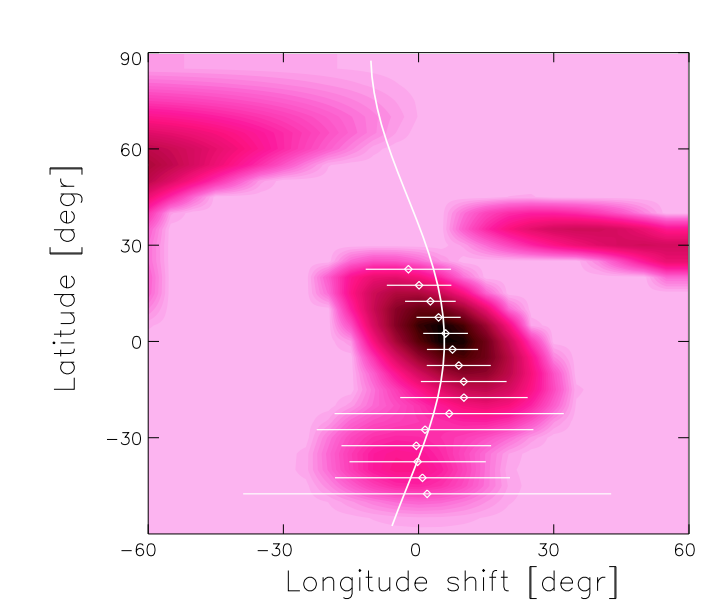
Archives of space observatories are a great resource for flare studies. This paper describes our first experiments for automated flare detection based on machine learning. This code uses classical machine learning methods (i.e., not deep learning) for finding events. The FLATW'RM code is available publicly on GitHub. Archives of long photometric surveys, such as the Kepler database, are a great basis for studying flares. However, identifying the flares is a complex task; it is easily done in the case of single-target observations by visual inspection, but is nearly impossible for several year-long time series for several thousand targets. Although automated methods for this task exist, several problems are difficult (or impossible) to overcome with traditional fitting and analysis approaches. We introduce a code for identifying and analyzing flares based on machine-learning methods, which are intrinsically adept at handling such data sets. We used the RANSAC (RANdom SAmple Consensus) algorithm to model light curves, as it yields robust fits even in the case of several outliers, such as flares. The light curves were divided into search windows, approximately on the order of the stellar rotation period. This search window was shifted over the data set, and a voting system was used to keep false positives to a minimum: only those flare candidate points were kept that were identified as a flare in several windows. Results: The code was tested on short-cadence K2 observations of TRAPPIST-1 and on long-cadence Kepler data of KIC 1722506. The detected flare events and flare energies are consistent with earlier results from manual inspections. 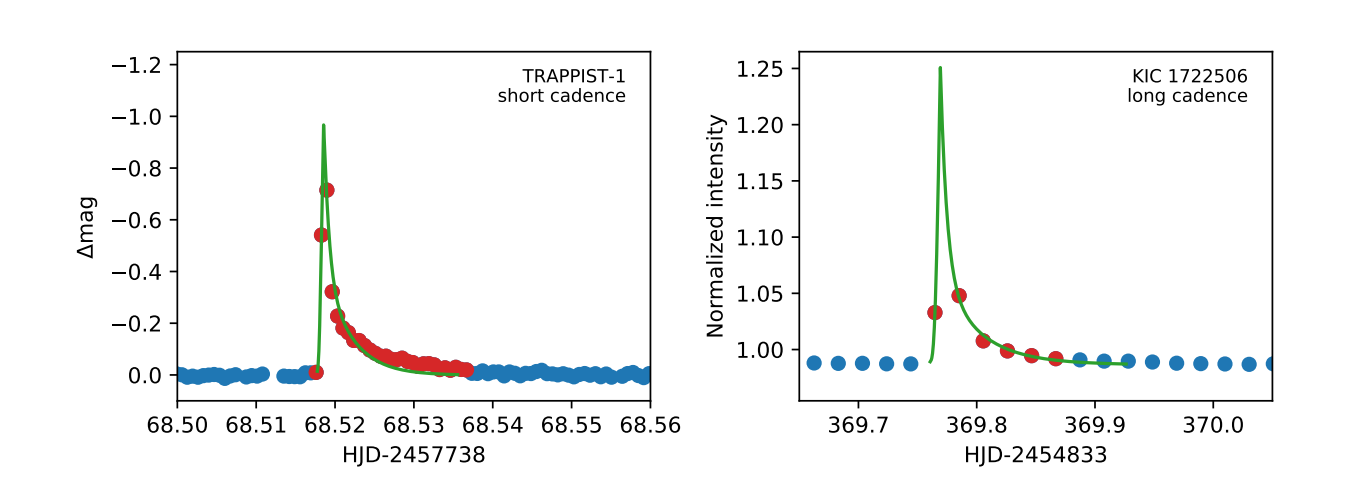
The TRAPPIST-1 system is one of the most frequently studied system these days with its several Earth-like planets in the habitable zone: there are more than a hundred papers about it, and it had its own conference, too! In this paper we showed first, that the system might be not as friendly to life as previously thought due to the frequent flares. The paper attracted also large publicity, including Science Alert, Universe Today, Gizmodo, Daily Mail among the more than a hundred online appearances around the world. We analyze the K2 light curve of the TRAPPIST-1 system. The Fourier analysis of the data suggests Prot = 3.295±0.003 days. The light curve shows several flares, of which we analyzed 42 events with integrated flare energies of 1.26×1030–1.23×1033 erg. Approximately 12% of the flares were complex, multi-peaked eruptions. The flaring and the possible rotational modulation shows no obvious correlation. The flaring activity of TRAPPIST-1 probably continuously alters the atmospheres of the orbiting exoplanets, which makes these less favorable for hosting life. 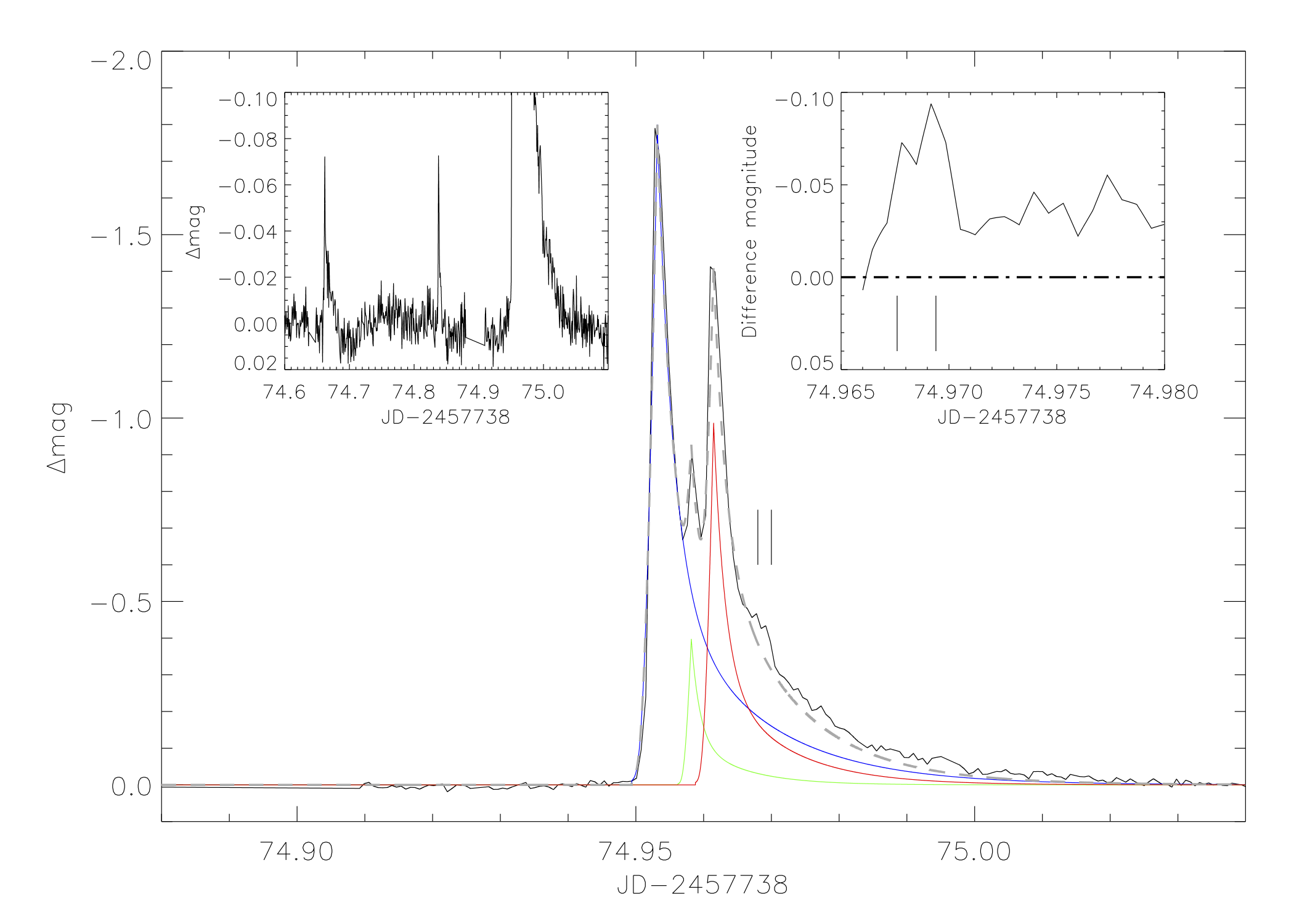
We observed V374 Peg for more than 5 years at Piszkástetö - this gave the basis of this study. What made the results especially interesting was the extra photometry that revealed that the surface configuration on this fully convective dwarf is stable not only for five, but possibly for 16 years! Additionally, we analyzed archive spectra from the CFHT - these data turned out to contain the best resolved coronal mass ejection measured up to now! These spectra gave us the idea to extend this search for a larger sample of stars, covering all Virtual Observatory data.
The ultrafast-rotating (Prot~ 0.44 d) fully convective single M4 dwarf V374 Peg is a well-known laboratory for studying intense stellar activity in a stable magnetic topology. As an observable proxy for the stellar magnetic field, we study the stability of the light curve, hence the spot configuration. We also measure the occurrence rate of flares and coronal mass ejections (CMEs). We have analysed spectroscopic observations, BV(RI)C photometry covering 5 yrs, and additional RC photometry that expands the temporal base over 16 yr. The light curve suggests an almost rigid-body rotation and a spot configuration that is stable over about 16 yrs, confirming the previous indications of a very stable magnetic field. We observed small changes on a nightly timescale and frequent flaring, including a possible sympathetic flare. The strongest flares seem to be more concentrated around the phase where the light curve indicates a smaller active region. Spectral data suggest a complex CME with falling-back and re-ejected material with a maximal projected velocity of ~675 km s-1. We observed a CME rate that is much lower than expected from extrapolations of the solar flare-CME relation to active stars.
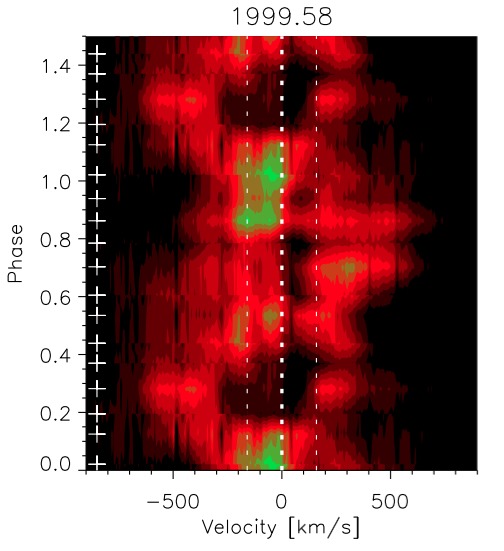
Activity cycles from space-borne data can be hard to find: these observations have instrumental trends on the same timescale as the cycles we would be interested in. Here we investigate a new proof-of-concept idea to find magnetic cycles in Kepler data based basically on stellar butterfly diagrams.

We investigate the fast-rotating (Porb=Prot=0.465d), active dwarf binary V405 And (M0V+M5V) using photometric BV(RI)C and optical spectroscopic data. The light variation is caused by the combined effect of spottedness and binarity with a small eclipse. We estimate the system parameters from the available light and radial velocity curves. Three flare events occurred during the observations: two were found in the spectroscopic data and one was observed photometrically in BV(RI)C colours. An interesting eruptive phenomenon emerged from the photometric measurements that can be interpreted as a series of post-flare eruptions lasting for at least 3 orbits (rotations) of the system, originating from trans-equatorial magnetic loops, which connect the active regions in the two hemispheres. The two components of V405 And have masses well over and below the theoretical limit of full convection. This rare property makes the binary an ideal target for observing and testing models for stellar dynamo action.
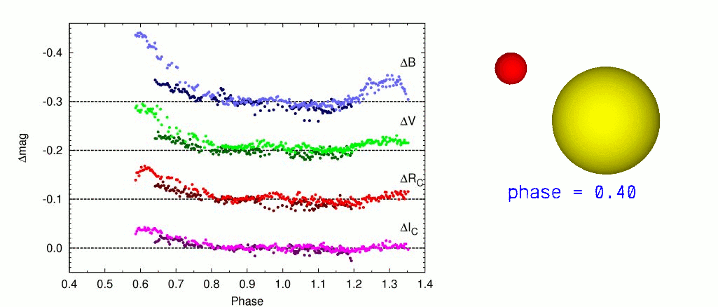 At present only two systems are known whose primaries are about 2.5 times more massive than the secondaries and one component is above while the other is below the limit of the full convection. The primary of V405 And deviates most from the expected radius of its mass from the known sample. On the other hand, the secondary of V405 And would be fully convective even in the presence of its strong magnetic field.
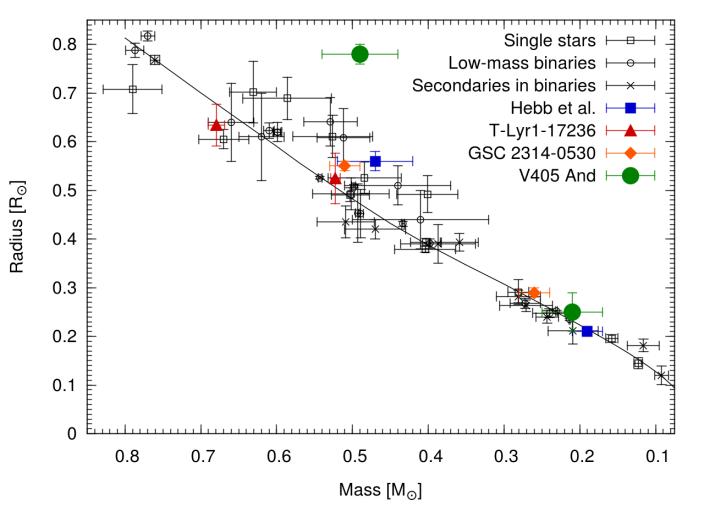
Long-term photometric measurements in a sample of ultrashort-period (P~0.5 days or less) single and binary stars of different interior structures are analysed. A loose correlation exists between the rotational rate and cycle lengths of active stars, regardless of their evolutionary state and the corresponding physical parameters. The shortest cycles are expected on the fastest rotators in the order of 1-2 years, which is reported in this paper.
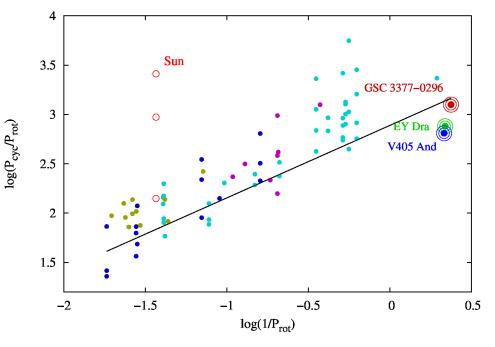
We present more than 1000-day long photometry of EY Draconis in BV(RI)C passbands. The changes in the light curve are caused by the spottedness of the rotating surface. Modelling of the spotted surface shows that there are two large active regions present on the star on the opposite hemispheres. The evolution of the surface patterns suggests a flip-flop phenomenon. Using Fourier analysis, we detect a rotation period of Prot=0.45875 d, and an activity cycle with P~350 d, similar to the 11-year long cycle of the Sun. This cycle with its year-long period is the shortest one ever detected on active stars. Two bright flares are also detected and analysed.
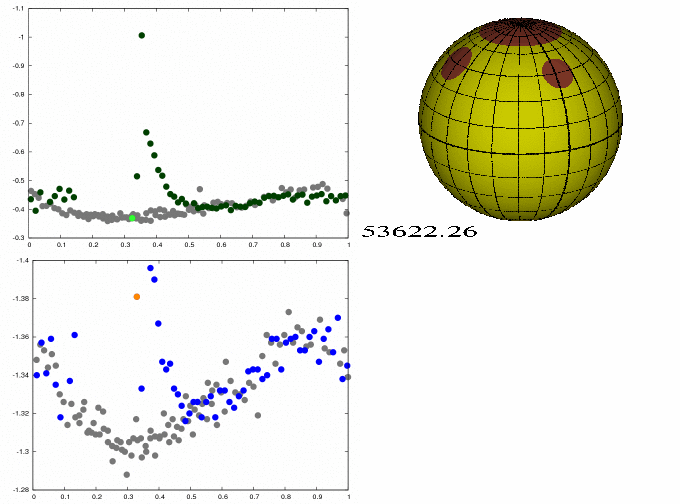
We re-investigate UZ Librae spectra obtained at KPNO in 1998 and 2000. From the 1998 data we compose 11 consecutive Doppler images using the Ca I-6439, Fe I-6393 and Fe I-6411 lines. Applying the method of average cross-correlation of contiguous Doppler images we find anti-solar differential rotation with a surface shear of α=-0.03. The pilot application of the local correlation tracking technique for the same data qualitatively confirms this result and indicates complex flow pattern on the stellar surface. From the cross-correlation of the two available Doppler images in 2000 we also get anti-solar differential rotation but with a much weaker shear of α=-0.004.
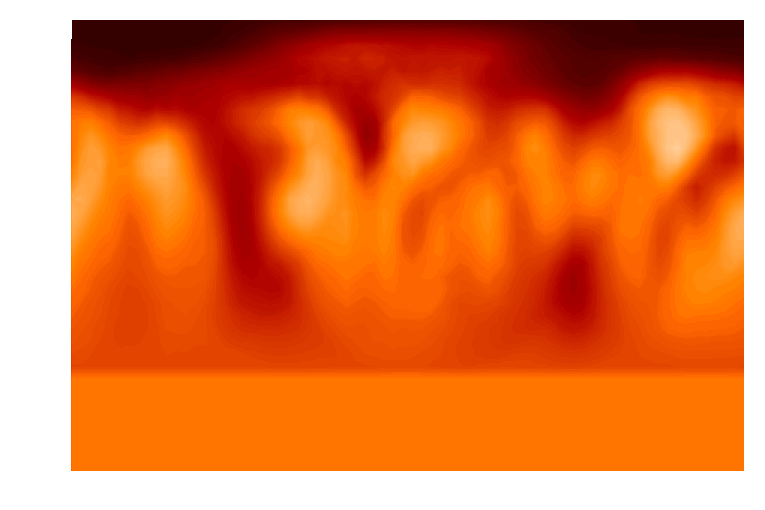
|
||||||||||||||||||||||||||||||||


